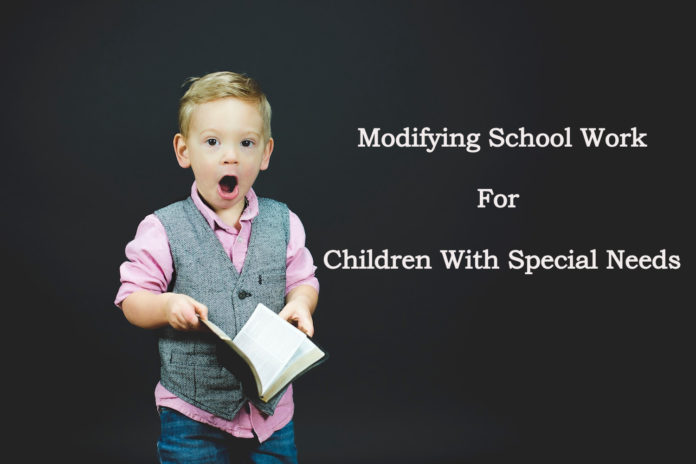Sending their child with special needs to a mainstream school with his same age peers is a dream for many parents. In the last few decades governments all over the world have realised their ignorance towards the disabled community and have provided them with rights to equal education through many policies and provisions.
In India, this law is known as the ‘Right To Education’ or ‘RTE.’ This gives all children irrespective of their caste, colour, economic status or IQ, the right to attend school and study. Though the grassroots reality is different and many schools still deny admissions, based on their presumptions or prejudices towards children with various disabilities, particularly with intellectual delay, those who do give admissions, often struggle to fully include in the absence of defining guidelines or a rule book.
Inclusion
Including a child with special needs in a mainstream classroom needs sensitisation, training and the right attitude on the part of a teacher and school both. Modification and adaptations should be taught and provisions should be made available for effective inclusion. However, this still seems like a distant dream for many parents as there is no one way to modify or adapt the classroom syllabus which is why many children suffer and meet extremely low expectations. Even at age 9-10, many children from different disabilities are taught to match, colour or trace, disregarding their capabilities to achieve more.
Teaching is a creative process and this creativity gets tested every time there is a new concept to teach or an assessment to take in an inclusive classroom. Every single activity, question or worksheet needs to be prepared keeping in mind several factors such as the child’s past knowledge, interest in the subject, associated vocabulary, its alliance with life skills etc. This makes the whole process so dynamic and amazing.
Being an educator and a passionate teacher, I enjoy this process immensely. From determining the objectives of a concept to the assessment, this process consumes me yet liberates me when I see Aarshia enjoying and learning at the same time.
Today, I want to share some of the modified sheets from EVS about ‘Pollination’ ‘Parts of Flowers’ and ‘living and non-living things.’ Pollination is a little complicated concept to teach as one needs to have the basic knowledge of the ‘male’ flower part, the ‘female’ flower part, the names of the various parts of the flower, the actual process etc. Which is why I decided to make it a little fun and simple to learn. I hope these sheets will be helpful and you all will get an idea to create more resources for your children or students.
Pollination





This small booklet was made after a lot of research and pondering. Research on how best to present the ‘concept’ without making it confusing for Aarshia. Also, talking to her about pollination at other times of the day, showing videos on YouTube and reading other material helped reinforce the concept to her.
Defining goals remains a key area and before preparing sheets for any subject, it is imperative that we learn to define our goals and are able to achieve those.
Parts of Flowers
Now before the actual pollination sheet, I had to do the flower part’s names with her. I decided to do all the names in spite of being told that it was better to do just two with her. This didn’t make sense because it order to be able to understand ‘pollination’ she would need to know all the parts of a flower.
Here the trick was to not overwhelm her. So I decided to teach her ‘two’ words at a time. Look at this sheet

She was to do only two words at a time. So after this first sheet, there was another sheet with a flower but blank labels where she just had to put the names from the list of names provided to her.
You may also like to read: 9 Quick Tips For Creating Personal Books For Children With Special Needs
When dealing with a little complicated concepts, I try to not engage her in two/three tasks at one time, spelling these words would be a big task for her and at this juncture my goal was to just help her know the names. So I had put already written labels to make the process easy for her.
See here.


The next sheet was about introducing two more words. And following it again with a blank label sheet.



The same procedure was followed for the next four words. Two words at a time and then revising the older ones.



and this is the last sheet with all the names followed by labelling all the words.



This was our strategy to learn all parts of the flower.
Along with these two concepts. Another concept to cover was ‘living and non-living things.’ Again Aarshia’s love for stories and kittens helped me make this simple material which worked beautifully for her.
Using her name frequently in this as well as in pollination sheets was intentional. Every time a child reads his/her name, they feel connected, happy and focused. So when you are creating study material or adapting a school curriculum, try to individualise it based on what your child likes.
Living and Non-living Things





I hope these sheets will give you some ideas about customisation, modification and adaptation. If you have any questions, do feel free to drop a comment here. I would love to answer your queries. You can also join me on my page 2minuteparenting on Facebook. Regular resources are updated there.






